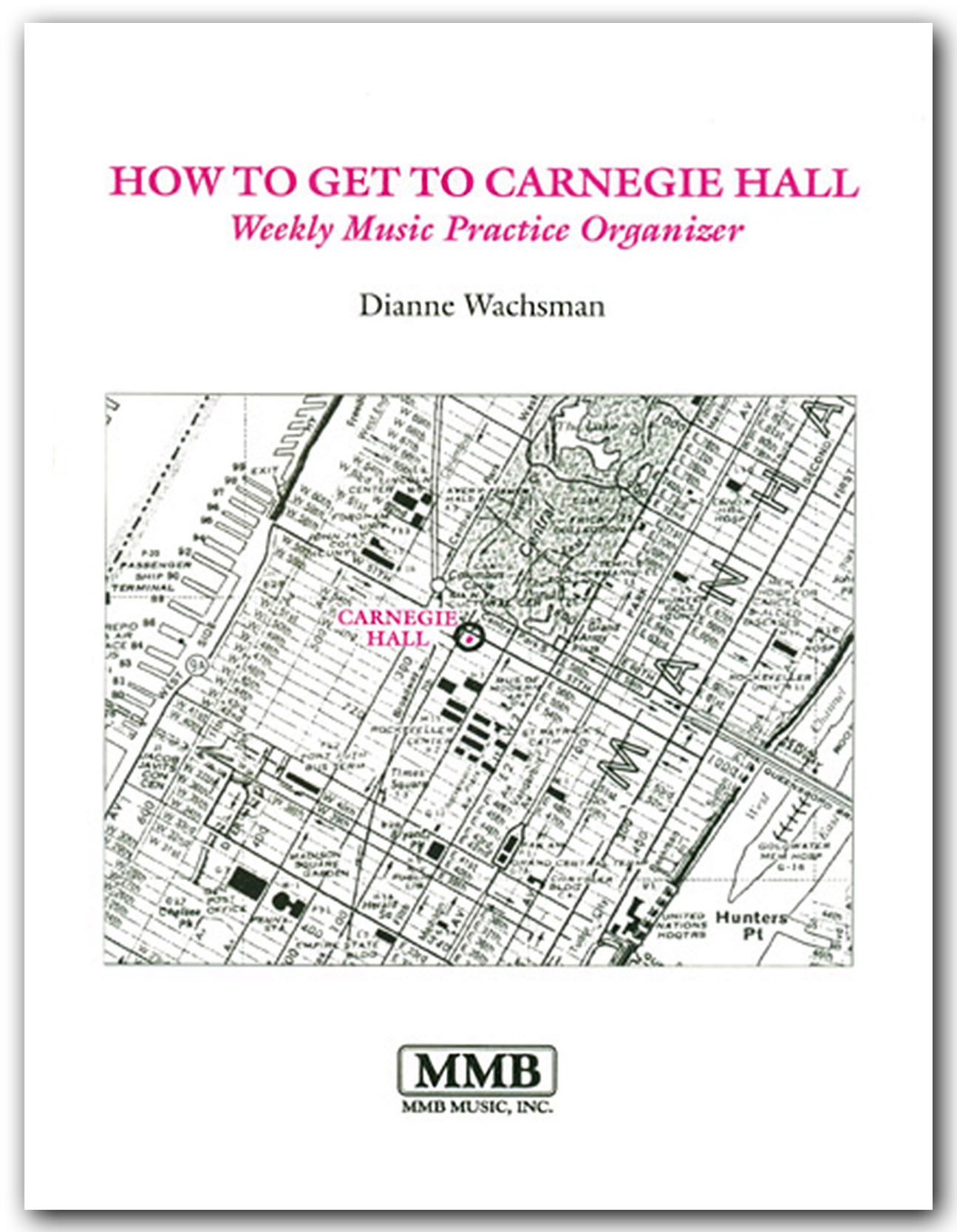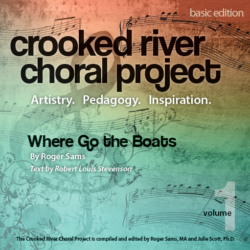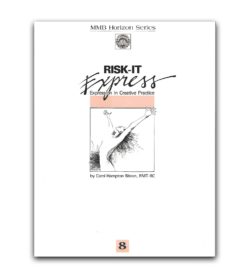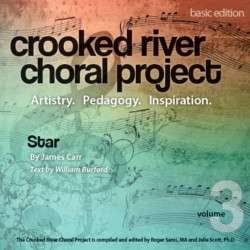Description
by Dianne Wachsmann.
Designed for teachers of music students at the secondary school level as an aid to help structure and simplify the time students spend practicing privately in the interval between lessons with their teachers.
As reviewed by www.pianoeducation.com:
“How to Get to Carnegie Hall is a gem of a book specifically designed to help organize and structure musical practice sessions. Whether it used by private music students and their teachers, or for school orchestras, bands or chamber music ensembles, the student will benefit from the organization that this book can bring to practice. Unlike some organizers of this genre, How to Get to Carnegie Hall doesn’t get so wrapped up in extensive details of documentation of practice to the detriment of actual practice. Rather, it is thoughtfully designed to bring the maximum amount of effort to bear on real, effective practice.
Each week’s entries consist of two facing pages which open flat for easy access. The left page provides space to enter basic information about the week’s practice sessions along with assignments, goals, and notes. The right page is a blank sheet of manuscript paper, which the teacher or student can use to literally make notations of exercises, theory, ear training or sight reading skills, etc. The left page is divided up into different sections. Each section deals with a specific of practice; for example, the Organizer is divided into the specific days of the week. Once these have been agreed upon by all involved parties, the student will circle those agreed upon days of practice. The teacher has space to write specific strategies for each individual piece of music. The Organizer also has space to keep track of the time allotment for each practice session. A thoughtful feature of this organizer is that it also has a specific space where the amount of time to be spent on each assignment can be written. We found this most helpful, as most students will tend to spend most of their practice time on one specific piece of music or exercise and run out of time for the remaining technique and/or repertoire assigned. As each assignment is practiced, there is room for the student to check off the day of the week when they practiced, providing a record of both the expectations and the reality of practice sessions. At the bottom of each page of the practice organizer is a large space for the teacher to make further notes or reminders for the student.
We deeply appreciated the section of the preface to How to Get to Carnegie Hall called A Note To Parents. This section stresses the importance of positive parental involvement in the child’s musical education. The suggestions for parents to help their children were concise and based on a positive approach to helping their child in the study of music. It drove home a point about which we all need to remind ourselves – that the parents of our students need to be involved to make the learning process a positive, constructive experience. Bravo to Dianne Wachsman for identifying and articulating these needs.
While How to Get to Carnegie Hall might not apply to all students or in all teaching environments, it can be a great help to those students and/or parents who need more structure in their practice time. This reviewer would recommend it for students of all ages and levels. It is well worth the $9.95 price.”





Reviews
There are no reviews yet.